Vigil of All Saints Day or All Hallow’s Eve:
Eve of the Feast of All Hallows, that is, All Saints Day.
Halloween is a day on which many quaint customs are revived. It is popular in the United States and Scotland and in the US has become the second largest secular holiday of the year.
Nuestra Señora del Rosario de Río Blanco y Paypaya de Jujuy / Our Lady of the Rosary of Rio Blanco (of the White River) and Paypaya, Argentina, 17th Century – 31 October:
HERE:
https://anastpaul.com/2021/10/31/solemnity-of-christ-the-king-vigil-of-all-saints-day-nuestra-senora-del-rosario-de-rio-blanco-argentina-and-memorials-of-the-saints-31-october/
Commemoration of All Holy Relics (Dominicans)
St Alphonsus Rodriguez SJ (1532-1617) Spanish Lay Brother of the Society of Jesus, Doorkeeper, Mystic, Visionary, Apostle of Charity and of Prayer, Spiritual Adviser. Canonised o 6 September 1887 by Pope Leo XIII.
Biography:
https://anastpaul.com/2018/10/31/saint-of-the-day-31-october-st-alphonsus-rodriguez-sj-1532-1617/
St Ampliatus
St Antoninus of Milan
St Apelles of Eraclea Sintica
St Arnulf of Novalesa (Died 840) Monk, Martyr
St Begu of Hackness
Blessed Christopher of Romagna OFM (Died 1272) Priest, Friar of the Order of Friars Minor during the life of St Francis, Missionary, sent by St Francis to preach against the heretic Albigensians in France.and Founder of Franciscan Monasteries there. … He was Beatified in 1905 by Pope Pius X.
His Holy Life:
https://anastpaul.com/2022/10/31/saint-of-the-day-31-october-blessed-christopher-of-romagna-ofm-died-1272/
St Epimachus of Melusio
St Erth of Cornwall
St Foillan of Fosses (Died 655) Bishop Martyr, Missionary, Abbot
St Foillan’s Life:
https://anastpaul.com/2021/10/31/saint-of-the-day-31-october-st-foillan-of-fosses-died-655/
St Lucilla of Rome
Bl Maria de Requesens
St Narcissus
St Notburga of Cologne
St Quentin
St Stachys of Constantinople
Blessed Thomas Bellacci TOSF (1370-1447) Lay Friar and Third Order Franciscan, Penitent, Confessor, renowned Missionary Preacher, Papal Legate, Novice Master and Vicar General of the Order. Thomas was Beatified by Pope Clement XIV in 1771.
Biography:
https://anastpaul.com/2020/10/31/saint-of-the-day-31-october-blessed-thomas-bellacci-tosf-1370-1447/
St Urban
St Wolfgang of Regensburg (c934 –994) “The Great Almoner,” Bishop, Monk, Missionary, Ascetic, Apostle of Charity. He is regarded as one of the three great German Saints of the 10th Century, the other two being Saint Ulrich and Saint Conrad of Constance. He was Canonised in 1052 by Pope Leo IX.
St Wolfgang’s life:
https://anastpaul.com/2019/10/31/saint-of-the-day-31-october-saint-wolfgang-of-regensburg-c-934-994/

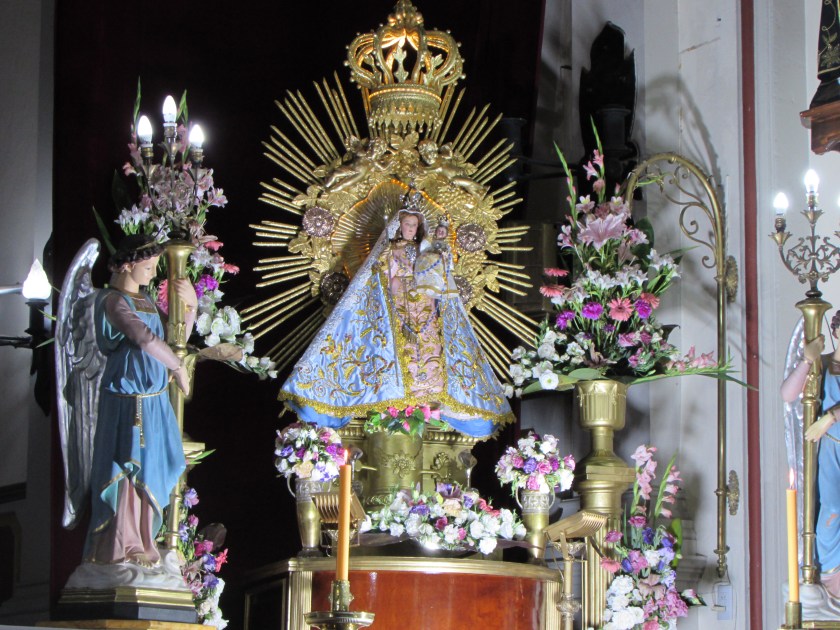

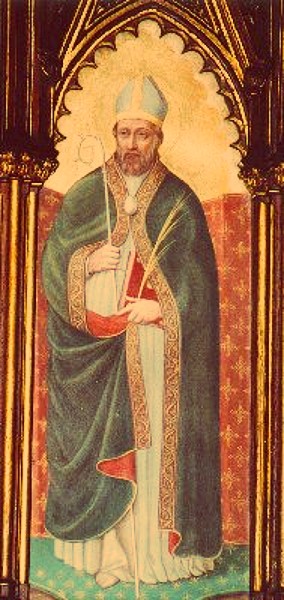

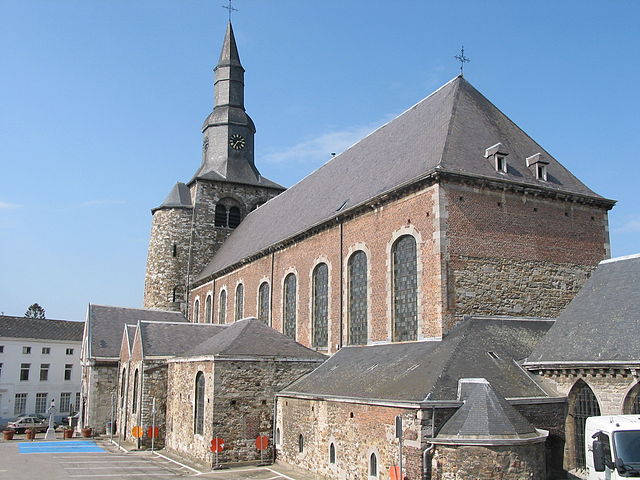
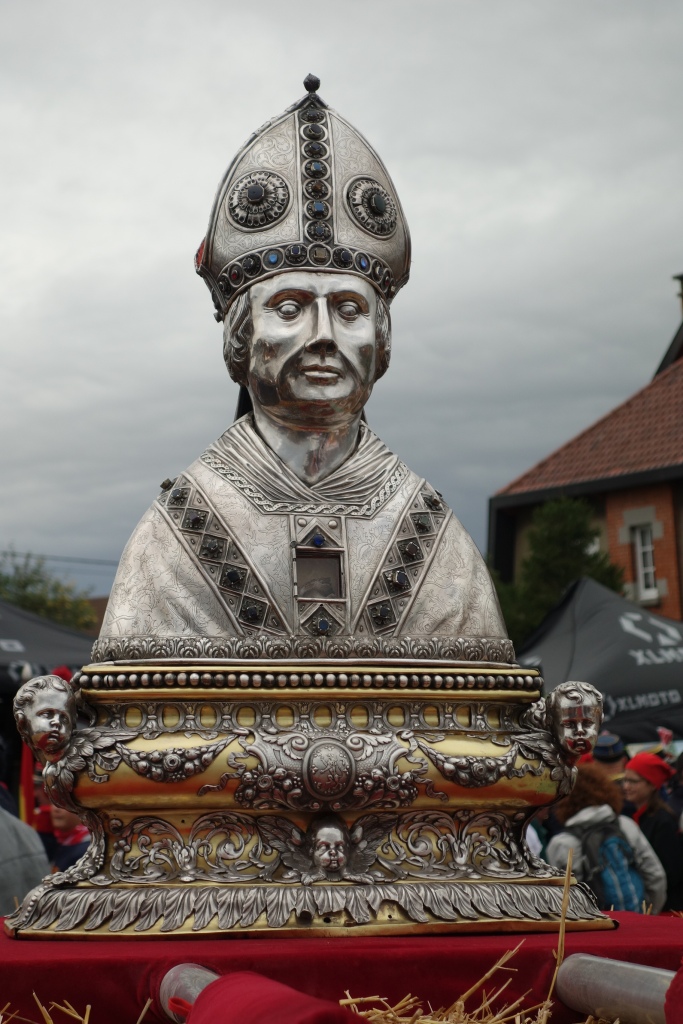

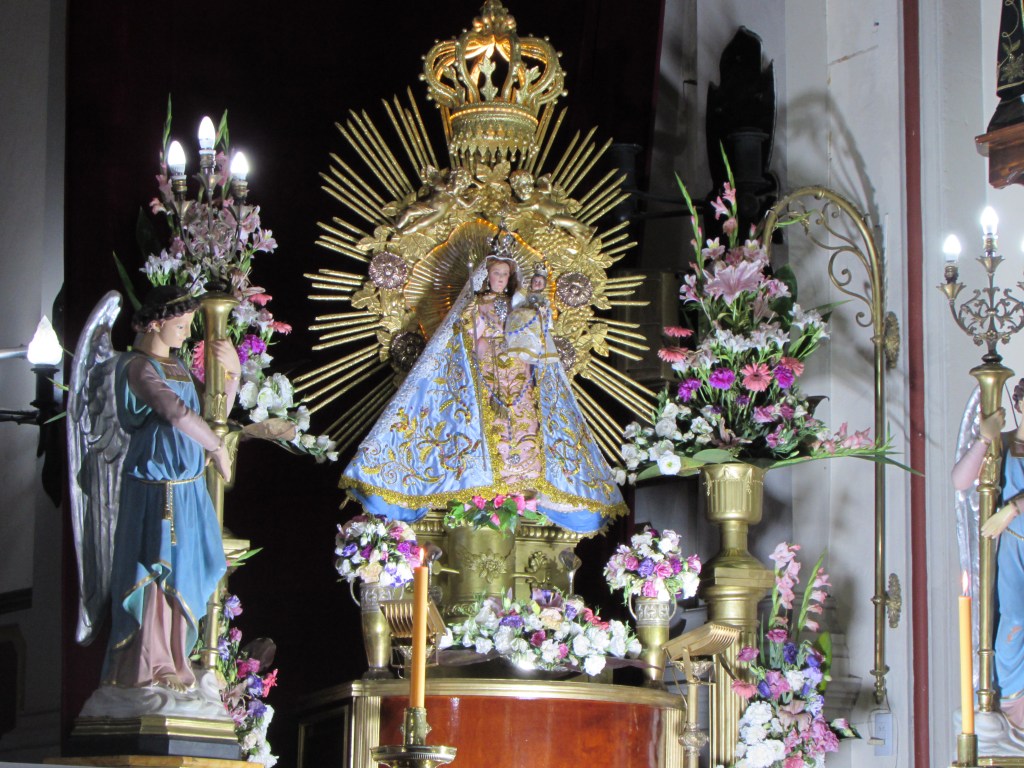
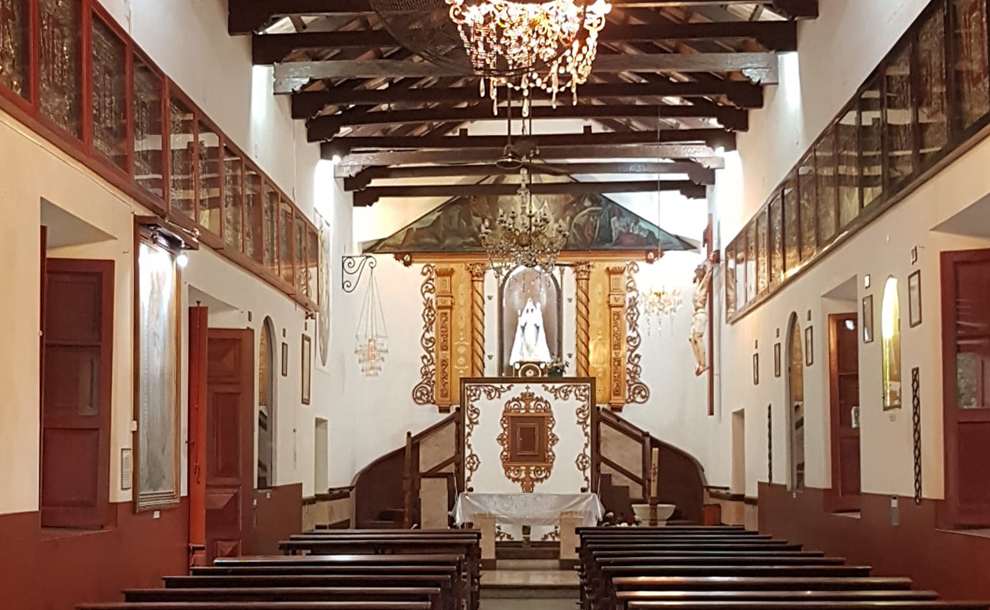

You must be logged in to post a comment.